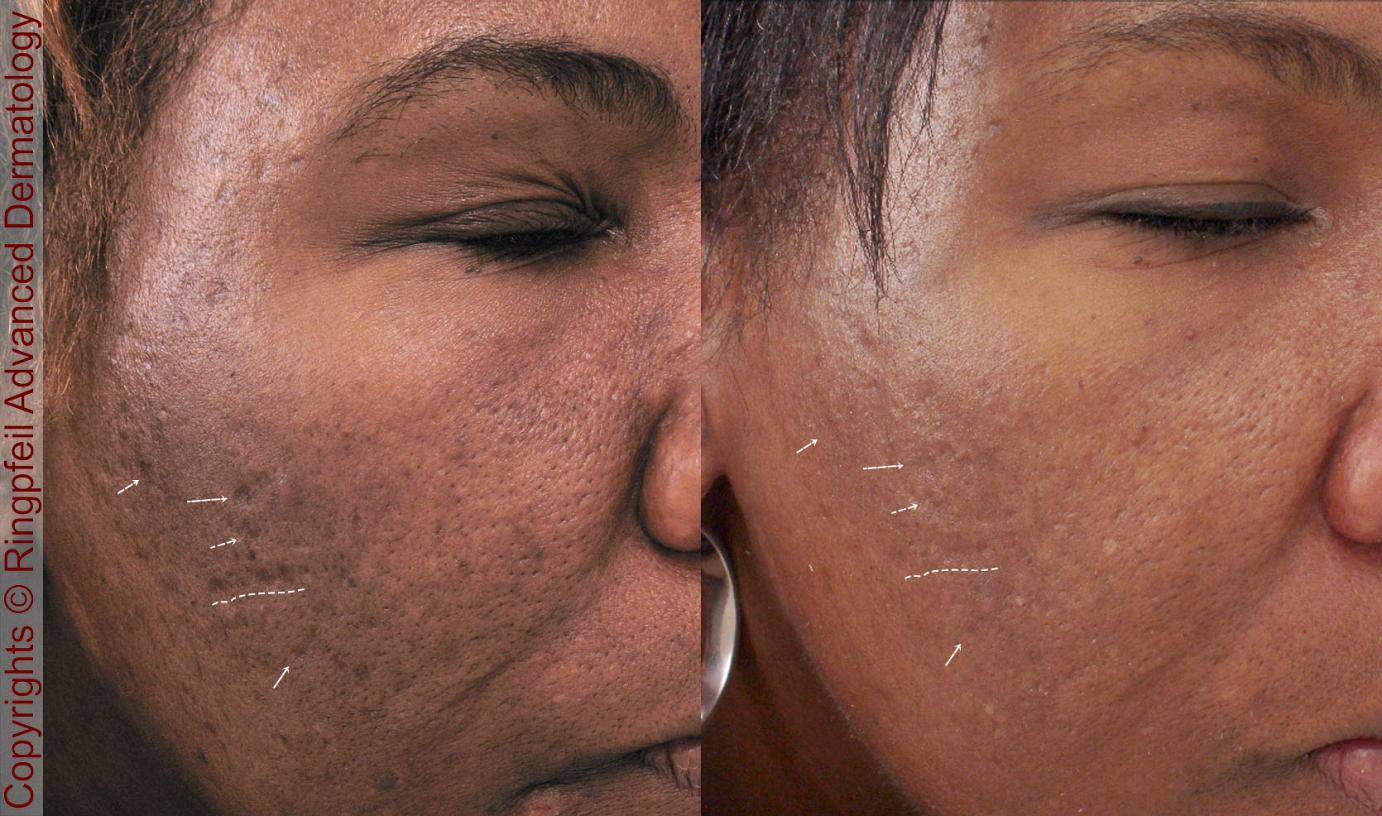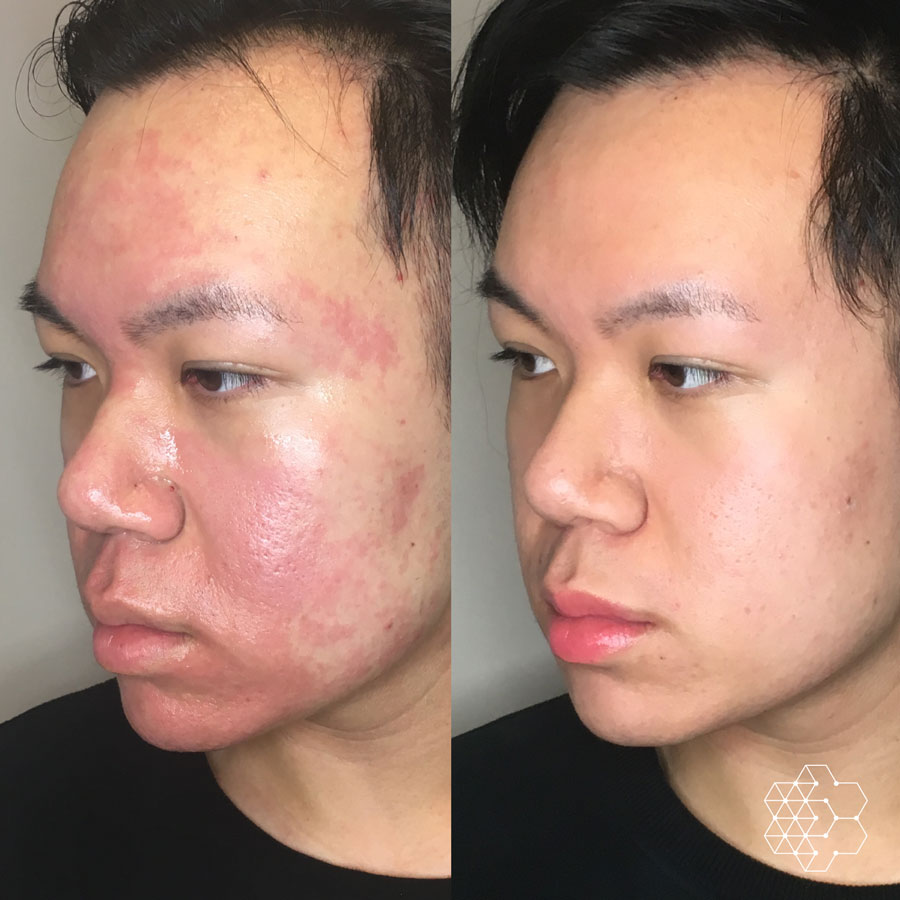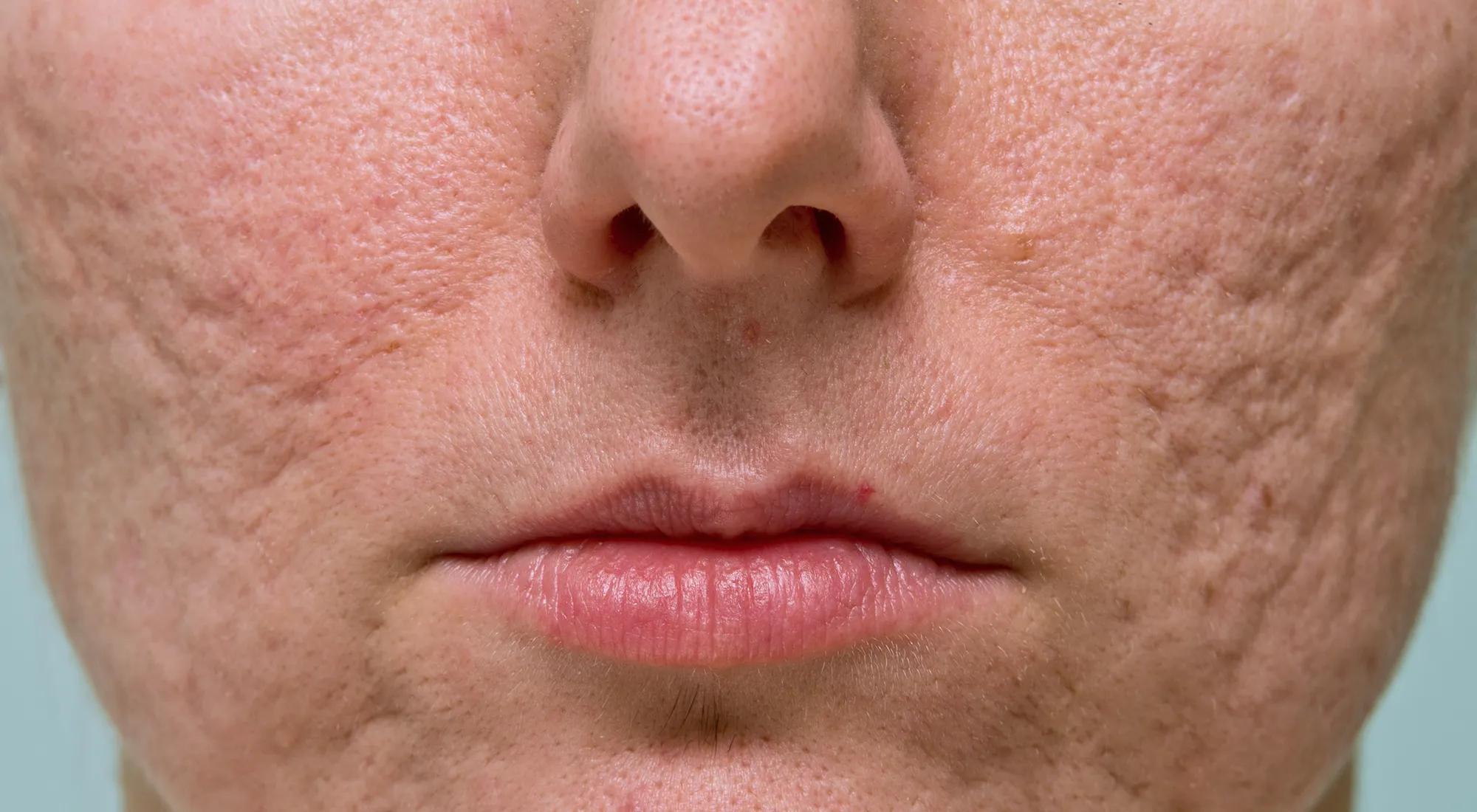Acne and Acne Scars Treatment: Professional Solutions for Lasting Outcomes
Acne and Acne Scars Treatment: Professional Solutions for Lasting Outcomes
Blog Article
Understanding the Various Skin Problems and Reliable Therapy Alternatives for Acne Marks
Acne marks represent a complicated interaction of skin disease that significantly influence people' self-worth and general skin health. Recognizing the unique kinds of acne scars-- atrophic and hypertrophic-- alongside their underlying causes, is pivotal for determining efficient treatment techniques. Numerous therapeutic alternatives exist, ranging from advanced skin-related procedures to all-natural remedies. Nonetheless, the efficiency of these treatments frequently pivots on individualized analyses by qualified specialists. As we check out the landscape of acne mark administration, it comes to be apparent that the journey towards more clear skin might include greater than simply topical solutions.
Types of Acne Marks

On the other hand, hypertrophic marks result from an overproduction of collagen throughout the recovery process, leading to increased areas on the skin. These scars are commonly firm and can vary in shade, sometimes showing up red or darker than the bordering skin.
Comprehending these sorts of acne marks is important for creating an effective treatment strategy - acne scars treatment. Options may consist of chemical peels, laser treatment, microneedling, or facial fillers, tailored to the specific scar type. A detailed assessment with a skin specialist can aid establish one of the most ideal intervention, taking into account the individual's skin type, scar severity, and overall skin health and wellness
Reasons of Acne Scarring
Marking takes place as a result of the body's all-natural recovery response to inflammation and injury brought on by acne sores. When acne kinds, it causes an inflammatory action, leading to the release of numerous cytokines and development elements that advertise healing. Nevertheless, this process can in some cases cause extreme tissue development or inadequate repair, leading to scars.
The main root causes of acne scarring include the severity of the acne itself, duration of the sores, and specific skin kinds. Serious inflammatory acne, such as cysts and nodules, is more most likely to cause scarring because of deeper tissue damages. In addition, incorrect handling of acne lesions, such as pressing or selecting, can worsen tissue injury and inflammation, increasing the chance of scarring.
Genetic proneness likewise plays a considerable role; people with a household history of scarring go to a higher threat. Skin type and shade can influence mark formation, as darker skin tones might experience post-inflammatory hyperpigmentation, while lighter skin may develop atrophic marks.
Ultimately, recognizing these causes is essential in taking care of acne and alleviating the potential for scarring.

Treatment Choices for Scarring
Efficient treatment choices for acne scarring vary depending on the type and extent of the marks. Typically categorized into atrophic, hypertrophic, and keloid scars, these problems call for tailored techniques for ideal results.
For atrophic marks, which are identified by a loss of tissue, treatments such as chemical peels, microdermabrasion, and laser treatment are typically employed. These approaches promote skin revival and boost collagen production, therefore enhancing skin have a peek here texture. Subcision, a minimally intrusive procedure, can likewise be effective by damaging up fibrous bands under the skin.
Hypertrophic and keloid marks can be much more testing to treat. Alternatives include corticosteroid shots to reduce swelling and squash the scars. Sometimes, cryotherapy or laser treatment might be suggested to decrease their appearance.
Surgical alternatives are offered for severe scarring, where excision or skin grafting might be necessary. It's essential for people to consult with a skin doctor to analyze their certain mark type and review the most ideal treatment strategy. Combining numerous treatments typically yields the very best outcomes, making sure that each patient's distinct skin condition is dealt with properly.
Home Remedies and Natural Solutions
All-natural solutions and home solutions can give an obtainable technique for individuals looking for to boost the look of acne marks (acne and acne scars treatment). Various active ingredients found in the home kitchen area have actually demonstrated potential advantages in enhancing skin structure and promoting healing

One more effective alternative is lemon juice, which serves as a natural exfoliant and can lighten hyperpigmentation. Nonetheless, it ought to be made use of meticulously, as it may trigger photosensitivity. Oat meal masks are also valuable; their site here gentle peeling can help eliminate dead skin cells while soothing inflammation.
Important oils, such as tea tree oil and lavender oil, can even more sustain scar healing as a result of their antimicrobial homes. It is crucial to do a spot test prior to using any type of treatment to guarantee there are no adverse responses. These natural services can be a corresponding strategy in the journey to reduce acne scars.
Protecting Against Future Scarring
Taking on a proactive method to skincare can considerably lower the risk of developing future acne scars. Among the vital strategies is to manage acne successfully as it emerges. This entails making use of non-comedogenic skincare products and medications recommended by dermatologists that target acne without irritating the skin. Routine cleansing, peeling, and hydration can aid preserve skin health and protect against clogged pores.
Additionally, staying clear of the lure to squeeze or choose acne sores is crucial, as this can bring about swelling and succeeding scarring. Instead, individuals should concentrate on using topical treatments that advertise recovery and minimize inflammation. Active ingredients such as salicylic acid, benzoyl peroxide, and retinoids are recognized for their efficiency in handling acne and lessening scars.
Sunlight security is another vital part; direct exposure to UV rays can darken scars and hamper healing. Utilizing a broad-spectrum sun block daily can mitigate these results.
Finally, maintaining a healthy diet plan rich in antioxidants and staying hydrated supports skin regeneration. By implementing these safety nets, individuals can significantly decrease their danger of future scarring and promote general skin wellness.
Final Thought
Finally, an extensive understanding of acne marks, incorporating both hypertrophic and atrophic types, is vital for effective treatment strategies. Tailored interventions, including specialist treatments and natural home remedy, can considerably enhance skin look and structure. Safety nets likewise play an essential duty in reducing future scarring. Appointment with a dermatologist remains critical to create customized approaches that think about individual skin kinds and scar seriousness, inevitably enhancing the effectiveness of mark management methods.
Acne scars represent a complex interaction of skin problems that significantly impact people' self-worth and total skin wellness. The 2 main classifications of acne scars are atrophic and hypertrophic scars. These marks are more identified into three subtypes: ice pick marks, which are deep and slim; boxcar scars, which are wider and have distinct sides; and rolling scars, which create a wave-like look due to irregular skin structure.
A detailed appointment with a skin specialist can assist determine the most appropriate treatment, taking into account the individual's skin kind, scar seriousness, and overall skin wellness.
Examination with a dermatologist continues to be important to devise customized methods that take into consideration try this site individual skin kinds and scar intensity, eventually enhancing the efficacy of mark management techniques.
Report this page